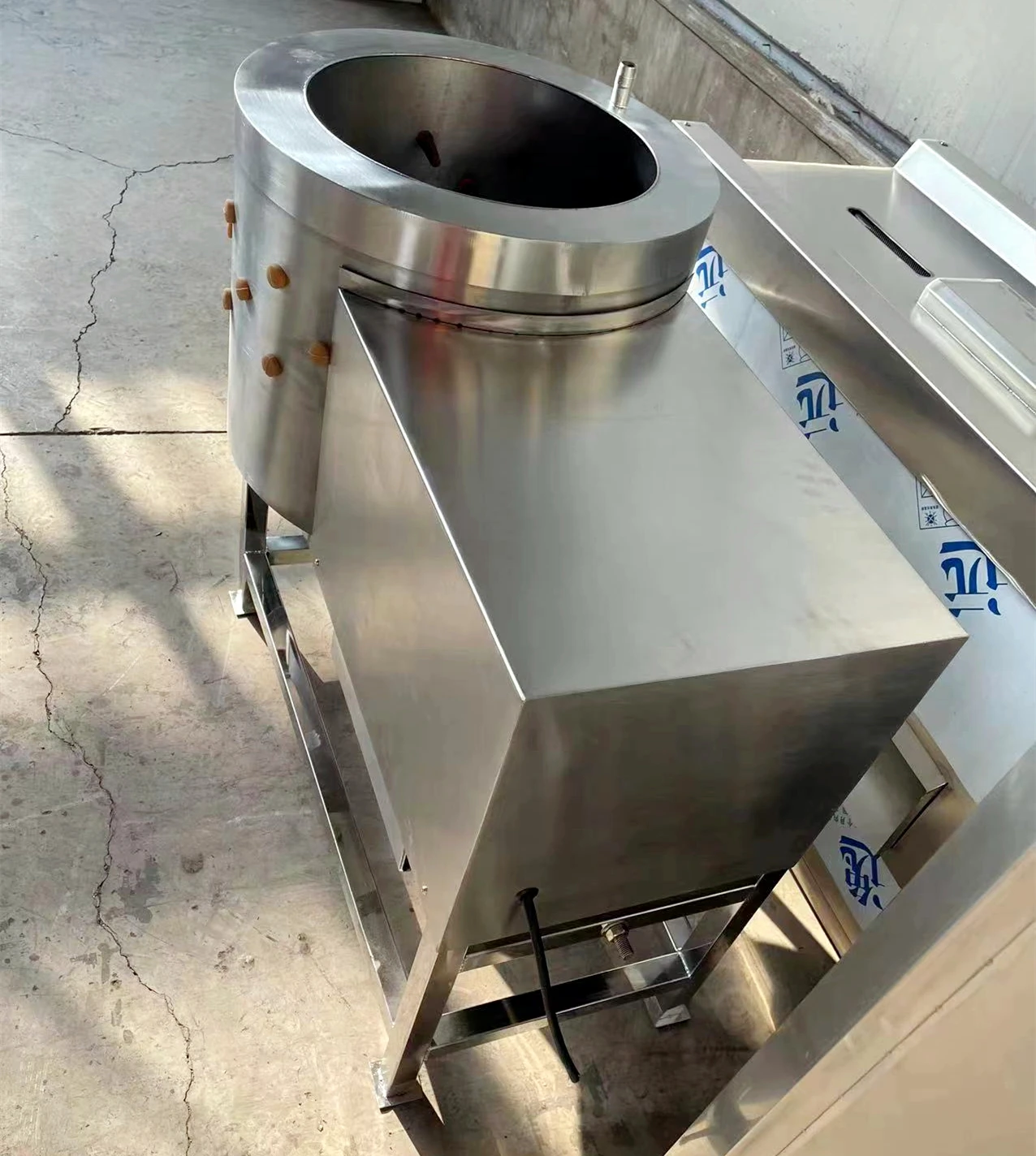Automatic Chicken Feet Skin Removal Machine for Efficient Processing
Nov . 01, 2024 13:09 Back to list
Automatic Chicken Feet Skin Removal Machine for Efficient Processing
The Innovative Chicken Feet Peeling Machine Revolutionizing Poultry Processing
In recent years, the poultry industry has witnessed significant advancements, particularly in the realm of processing technologies. One such innovation is the chicken feet peeling machine, a specialized piece of equipment designed to streamline the peeling process of chicken feet, an increasingly popular item in global cuisine. This article explores the importance of this machine, its working principles, and its impact on the poultry industry.
Chicken feet are a delicacy in many cultures, especially in Asian countries, where they can be found in soups, stews, and even as snacks. However, the traditional method of preparing chicken feet can be labor-intensive and time-consuming. Skinning the feet manually requires considerable skill and effort from workers, making it a less efficient process in a high-demand market. The chicken feet peeling machine addresses these concerns by automating the peeling process, improving efficiency, and ensuring higher product quality.
The machine operates through a straightforward yet effective process. It typically begins with the feet being pre-treated through scalding, where they are immersed in hot water to loosen the skin. Following this, the chicken feet are fed into the peeling machine, which uses a combination of mechanical and sometimes chemical methods to remove the skin efficiently. The machine is equipped with blades or rollers that carefully strip away the outer layer while preserving the integrity of the underlying flesh. This results in a product that is clean, ready for further processing or direct sale.
chicken feet peeling machine

One of the significant advantages of the chicken feet peeling machine is its ability to significantly reduce labor costs. By automating a task that traditionally required multiple workers, poultry processors can allocate their workforce more efficiently, focusing on other essential aspects of production. This not only enhances productivity but also minimizes the risk of workplace injuries associated with manual peeling.
Additionally, the machine promotes hygiene and food safety, which are paramount in the poultry industry. With stricter regulations around food processing, ensuring that products are handled with minimal human intervention can help reduce the risk of contamination. The peeling machine’s design often includes features that allow for easy cleaning and maintenance, further contributing to overall food safety.
Moreover, the use of peeling machines can lead to greater consistency in product quality. Manual peeling can result in variations in texture and appearance, potentially affecting consumer perceptions and marketability. In contrast, machines provide a uniform finish, enhancing the appeal of chicken feet as a product. This consistency can be crucial for large-scale processors who supply restaurants and retailers with high-volume orders.
In conclusion, the chicken feet peeling machine represents a significant advancement in poultry processing technology. By automating the peeling process, it not only enhances efficiency and reduces labor costs but also contributes to improved hygiene and product consistency. As the demand for chicken feet continues to rise globally, investing in such innovative machinery can yield substantial benefits for poultry processors, allowing them to meet market demands while maintaining high standards of quality and safety. The future of poultry processing looks promising, and innovations like the chicken feet peeling machine are at the forefront of this evolution.
-
Hot Sale 24 & 18 Door Rabbit Cages - Premium Breeding Solutions
NewsJul.25,2025
-
Automatic Feeding Line System Pan Feeder Nipple Drinker - Anping County Yize Metal Products Co., Ltd.
NewsJul.21,2025
-
Automatic Feeding Line System Pan Feeder Nipple Drinker - Anping County Yize Metal Products Co., Ltd.
NewsJul.21,2025
-
Automatic Feeding Line System - Anping Yize | Precision & Nipple
NewsJul.21,2025
-
Automatic Feeding Line System - Anping Yize | Precision & Nipple
NewsJul.21,2025
-
Automatic Feeding Line System-Anping County Yize Metal Products Co., Ltd.|Efficient Feed Distribution&Customized Animal Farming Solutions
NewsJul.21,2025






